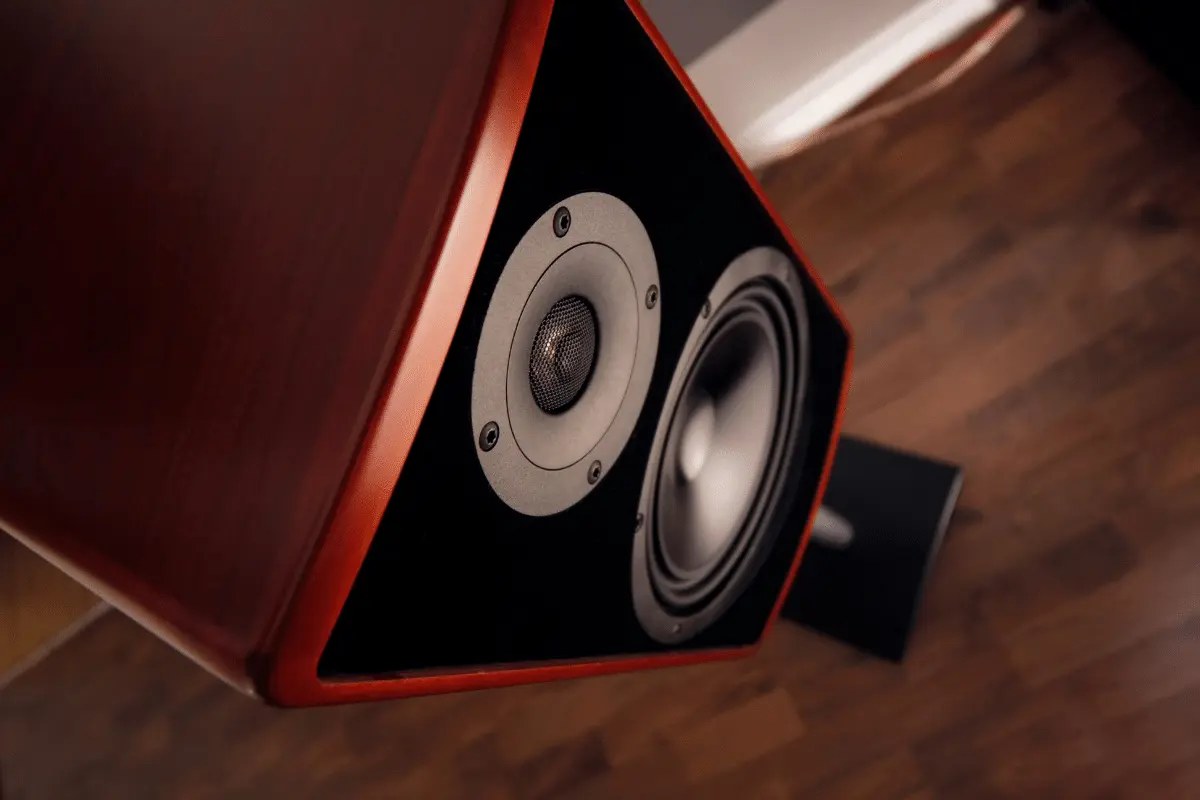Are you a music lover looking for the best way to listen to your favorite tunes? Have you heard that balanced headphones can offer superior sound quality but don’t know if they are worth the extra cost?
In this blog post, we’ll explore whether balanced headphones really are better and why they might be worth investing in.

What Are Balanced Connections?
Balanced connections are a type of audio connection that offers superior sound quality and signal strength.
This type of connection utilizes two conductors, one for the signal and one for the ground connection.
A balanced cable is typically used in professional applications where longer cable runs are required.
They are more powerful and faster than unbalanced cables and can reduce noise more efficiently.
Various balanced connector configurations exist and while there is no official industry standard, many manufacturers have adopted their own designs.
The Benefits of Balanced Connections
Balanced connections are favored by many audio professionals because of their increased performance.
They offer several advantages over unbalanced connections, including improved signal quality, improved signal-to-noise ratio, and reduced susceptibility to interference.
Balanced connections also provide better power handling capabilities, allowing for greater dynamic range and louder playback levels.
Additionally, balanced connections are more reliable and less prone to distortion than unbalanced connections.
This makes them an excellent choice for studio monitoring applications as well as live sound reinforcement systems.
With balanced headphones, users can enjoy a more accurate listening experience and greater control over their audio.
Balanced Connections Are More Powerful and Faster
Balanced connections offer greater power and faster speeds than their unbalanced counterparts.
This is because a balanced connection uses two separate signals to drive the audio, resulting in a stronger and more stable signal.
With a balanced connection, the signal is also transferred twice as fast as it is with an unbalanced connection, which means that the audio will be cleaner and more powerful.
Additionally, balanced connections are less susceptible to interference, so there will be less noise in the signal.
All of this translates into a higher quality sound that can be enjoyed without the worry of noise or interference.
Balanced-Drive Delivers an Increase in Audio Performance
Proponents of balanced drive believe that it delivers an increase in audio performance due to the doubling of the amp’s voltage slew rate.
This means that the amp can respond more quickly and accurately to changes in the audio signal, resulting in a more detailed and dynamic sound.
Additionally, a balanced drive is more powerful than a single-ended drive due to the increase in voltage.
This increased power allows for a larger, punchier soundstage and better clarity and detail.
Finally, balanced designs also provide better noise rejection, which helps to eliminate unwanted interference and background noise.
With all of these benefits combined, it’s no wonder why many audiophiles prefer balanced drive over single-ended drive when listening to their favorite music.
Why Balanced Designs Sound Better
Balanced designs offer several distinct advantages when it comes to sound quality.
The doubling of the amp’s voltage slew rate and voltage swing range, a reduction of THD (total harmonic distortion), and the addition of a common-mode noise rejection system all help to reduce noise, hum, and interference while improving sound clarity.
Additionally, balanced designs are also more powerful and faster which helps to increase dynamic range and provide a greater sense of spaciousness in the mix.
This allows for a more accurate representation of the audio signal and provides better sound quality overall.
Do Balanced Connections Improve Audio Quality?
The answer to this question is a resounding yes. Balanced connections can indeed improve audio quality by delivering a clearer, stronger signal with less interference.
This is due to the doubling of the amp’s voltage slew rate and voltage swing range, as well as the reduction of THD (Total Harmonic Distortion).
Furthermore, balanced connections are more powerful and faster, making them ideal for high-end audio equipment.
With these benefits in mind, it’s easy to see why many audiophiles prefer balanced connections over unbalanced ones.
When Should You Use Balanced Equipment?
When it comes to deciding when to use balanced equipment, there are a few different factors to consider. If you’re looking for the highest possible audio quality, then balanced connections are definitely the way to go.
Having a balanced connection will provide you with a clean signal with less interference and a lot more power, allowing you to get the best sound possible.
Additionally, if you’re using any type of long cable runs, balanced connections are the only way to go.
This ensures that your signal is not degraded over a distance, resulting in better sound quality. Finally, if you’re looking for the most reliable connection, then balanced is your best bet.
Since they have double the voltage swing range and a higher slew rate than unbalanced connections, they are more resilient and less prone to interference.
All things considered, having balanced connections is definitely worth it if you’re looking for the best audio quality and reliability.
What Are the Downsides of Balanced Connections?
While balanced connections offer many benefits and improved audio performance, there are a few downsides to consider.
Balanced connections require specialized and more expensive equipment, as the connectors are not as widely available as unbalanced ones.
In addition, balanced connections often require a higher level of expertise to properly install and configure the cables.
Also, because balanced connections are more powerful and faster, they generate a higher level of electromagnetic interference, which can interfere with other audio equipment.
Finally, balanced cables are often thicker and heavier than unbalanced cables, making them less ideal for portability.
Comparing Balanced and Unbalanced Connectors
Comparing balanced and unbalanced connectors can give one a clear understanding of the differences between the two types of audio connections.
Balanced connections are more powerful and faster, providing a higher level of signal integrity and clarity.
Furthermore, they are better for longer cable runs and when those cables are around a high amount of electric signal.
On the other hand, unbalanced cables are cheaper to produce and easier to install, but they cannot provide the same level of signal integrity as balanced cables can.
Ultimately, when making the decision between balanced and unbalanced connectors, it is important to weigh up the benefits and drawbacks of each to determine which one is best suited for your application.
Conclusion
In conclusion, it’s clear that balanced headphones provide a clear audio advantage over unbalanced designs.
They offer better noise reduction, increased power and speed, and improved overall audio performance.
While balanced equipment does come with some downsides, like higher cost and more complex wiring, the benefits far outweigh these drawbacks.
Ultimately, if you are looking for the best sound quality for your headphones, a balanced design is the way to go.





Leave a Reply
You must be logged in to post a comment.